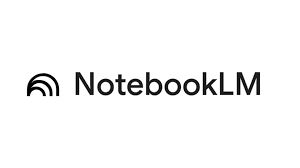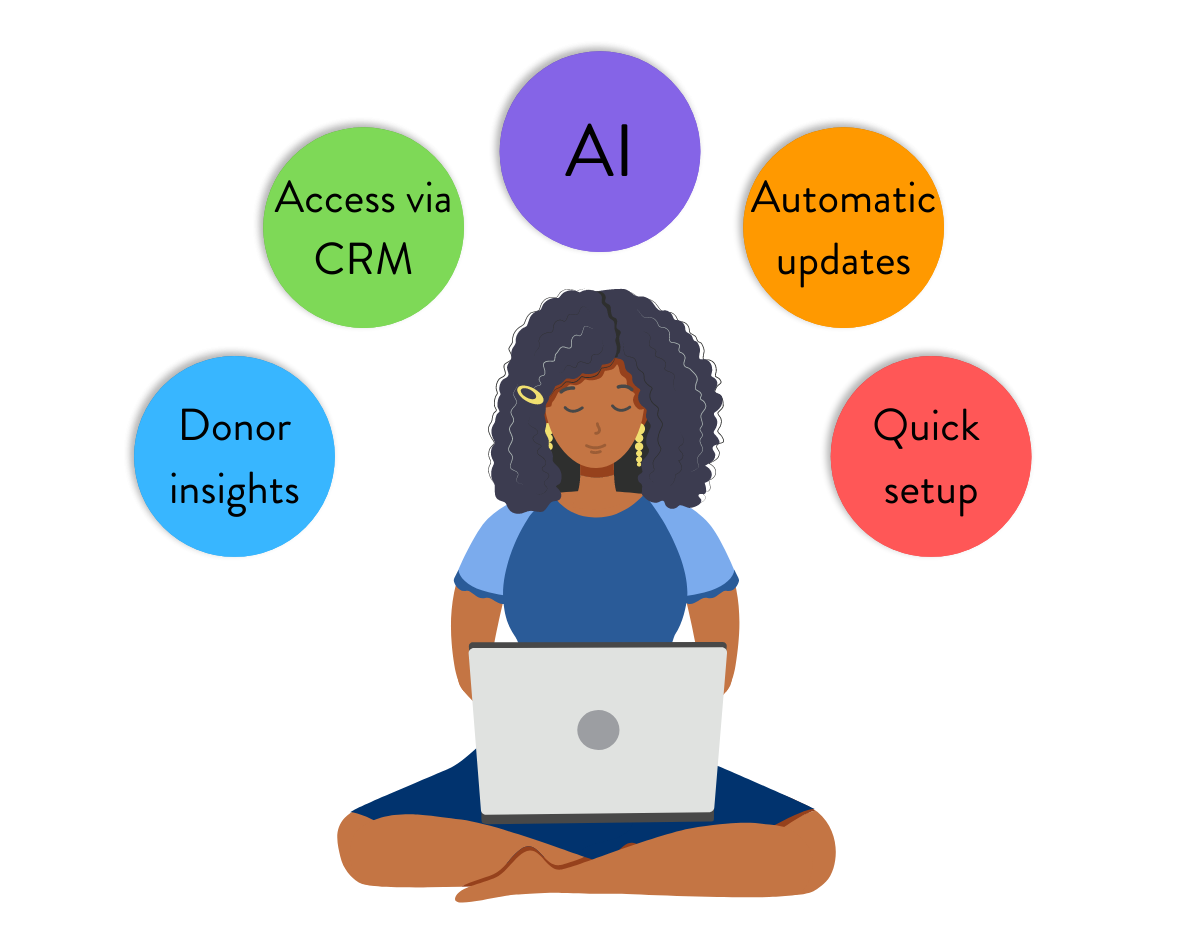MindNode is a popular mind-mapping and organizational digital tool. It is highly customizable and can be used for a variety of projects and plans. This article explores the pros and cons of the app, and describes its specific features.
Fundraising Smarter: Dataro Review
Dataro is the “GiveTech” startup’s propensity modeling software that uses machine learning technology to generate predictions about how donors are likely to behave. Dataro’s AI software aims to maximize income and minimize wasted costs, as well as transform the way that fundraisers stay alert and relevant to how donors are engaging with their organizations. I see Dataro as a revolutionary force in nonprofit fundraising. The technology, if truly effective with the right organization’s data, harnesses the potential to shape how we prioritize our time with donors.
Writing Your Best: Grammarly Review
Grammarly is a free multi-platform writing app that makes suggestions to improve your writing in real-time through grammar, syntax, and tone. It’s available for Windows, macOS, Chrome, and Android, and the premium tier for individuals provides extra features such as one-click sentence rewriting (available for the cost of $30 monthly, $60 quarterly, or $144 annually). Grammarly is available to educational institutions at special rates, and Grammarly Business is available for teams of 3 or more, with monthly rates of $25 per team member and annual rates depending on the size of the team.
Notion: Task Management and Knowledge Management Combined
The web is overflowing with solutions for our personal and business productivity. As a busy professional and tech early adopter, many productivity tools have entered and exited my hard drives and operating systems over time. The good news from the pandemic (if you want to look at the silver lining) is a focus on improving personal and business project management tools. A newer solution called Notion allows for a free flow of thought in a wiki combined with a detailed framework of databases, offering a fantastic solution for the creative sector, from artists to museums or performing arts organizations, who want to archive their work while planning forward.
How Effective are Photoshop's New AI Neural Filters?
Adobe’s Photoshop Neural Filters utilize artificial intelligence to retouch images in seconds. As the name suggests, Adobe has developed an artificial neural network that can identify patterns in the images and then use that information to make the edits. But how well does it work? This review will answer that question, focusing on the Super Zoom effect.
Let’s Get Digital: Visualizing Movement in Dance
More than a half-century of history exists between computers and dance. The same techniques used to evaluate and represent data in the scientific realm can also analyze the shapes of the movements of the artistic world. Software developments allow choreographers to create motion outside the studio, capture rehearsal ideas in the form of virtual sketchbooks, and preserve the ephemeral form of dance through digital documentation. Breathe life into movement ideas with DanceForms2 from Credo Interactive.
Art on the Go with Adobe Photoshop Sketch
Adobe Creative Cloud’s Photoshop Sketch is a mobile and tablet app that allows users to create expressive, digital drawings on the go. Artworks are created through the use of “natural” tools, such as pens, pencils, markers, and watercolor brushes, which are designed to interact naturally with the digital canvas to mirror the texture and blending effects rendered when working on paper.
Tech to Improve Inclusive Hiring Communications
Can Cloud-Based Event Management Software Help Arts Managers Be “Propared?”
With a wealth of project management, task management, and personnel management software now at our fingertips, it can be difficult to know which software is the best for an organization’s needs, especially arts organizations with their unique project structures and demands. Enter Propared. A software application designed for use by project managers working on live events. I met the Propared team at the United States Institute for Theatre Technology (USITT) Conference in March and had a demo of the software.
Tableau: The High Cost/ High Reward of Data Vizualization
With more than 23,000 customer accounts, Tableau has established itself as a powerhouse of data visualization experts. Clients include aerospace companies such as SpaceX, healthcare institutes like John Hopkins Hospital, and even financial sector customers such as Goldman Sachs. But what does Tableau- a rather expensive budget line item- do for its non-profit customers like the Red Cross? What does data visualization even mean for non-profit groups, let alone arts organizations?













